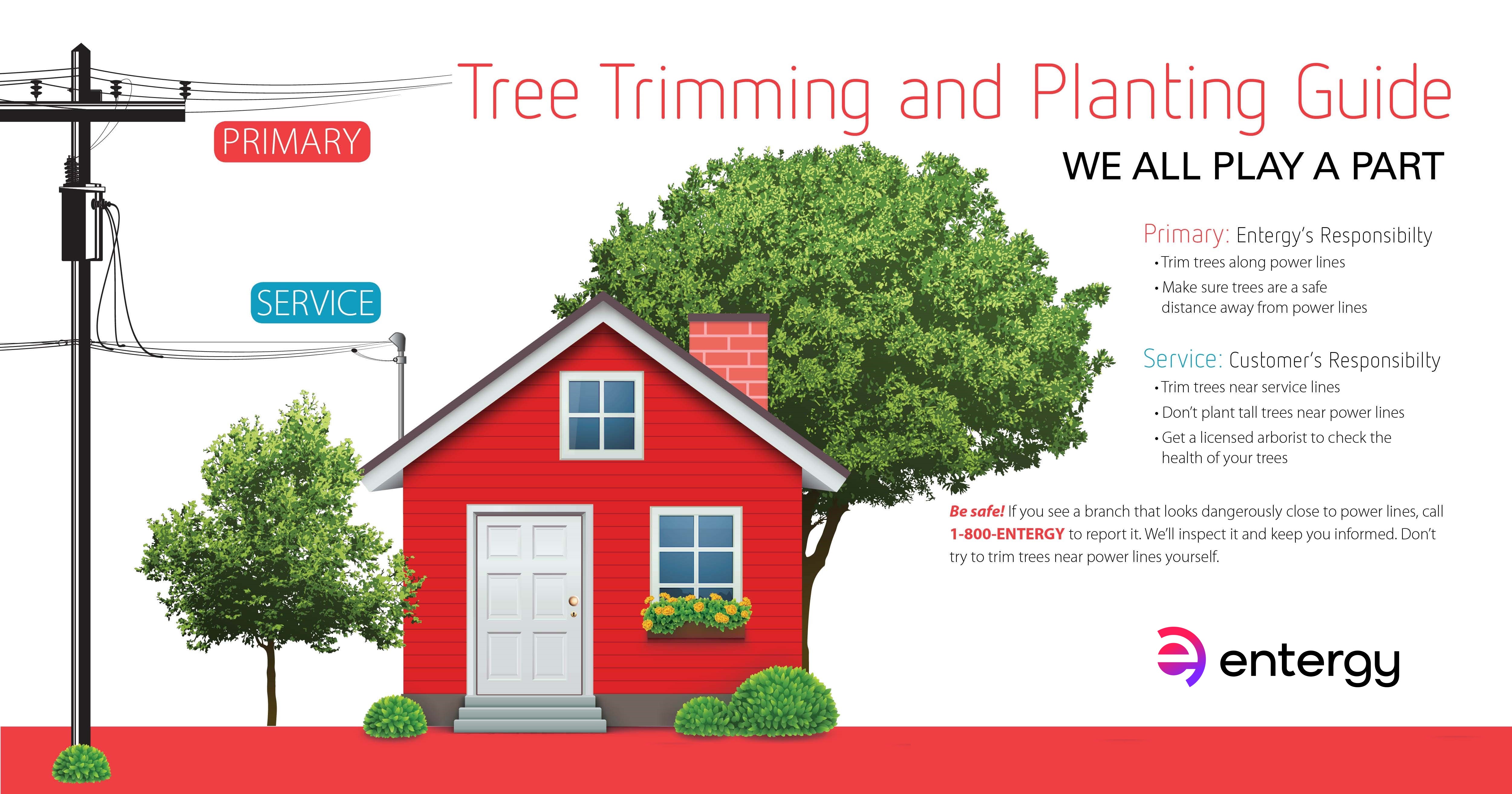Tree Treatment Throughout The Seasons: Best Practices For Handling Trees Before And Adhering To Removal
Tree Treatment Throughout The Seasons: Best Practices For Handling Trees Before And Adhering To Removal
Blog Article
Post Writer-
When it pertains to seasonal tree care, making certain proper management prior to and after elimination can substantially affect the health and wellness and appearances of your landscape. By recognizing the required actions associated with analyzing tree wellness and getting ready for elimination, you can proactively safeguard your home. But what regarding the important practices to comply with as soon as the tree is gone? Keep tuned to discover the essential post-removal care procedures that will help you cultivate a thriving and sustainable atmosphere for your trees.
Pre-Removal Tree Care
Prior to addressing the removal of a tree, it's essential to focus on pre-removal tree care. Start by analyzing the tree's wellness and architectural honesty. Look for indications of condition, bug problems, or any kind of structural issues that may pose a safety and security threat throughout removal. It's important to consult with a qualified arborist to identify the most effective strategy.
Pruning mike landscaping or infected branches can protect against additional damage to the tree and make sure a smoother removal procedure.
In addition, take into consideration the ecological influence of getting rid of the tree. Trees play an important role in our ecosystem, so growing a new tree in an appropriate area can help balance out any loss. Make sure that you have the required licenses and permissions for tree elimination, specifically if the tree is shielded by neighborhood guidelines.
Seasonal Maintenance Tips
Evaluating your tree's needs throughout the year is essential for its health and long life. To maintain your trees in top condition, follow these seasonal maintenance suggestions.
In springtime, focus on pruning to eliminate dead or broken branches and encourage new development.
Summer season asks for regular watering, particularly throughout dry spells, to guarantee your tree stays hydrated.
As tree and hedge trimming , watch out for very early indications of disease or tension, and consider using mulch to secure the origins throughout winter.
In winter months, be cautious when getting rid of snow from branches to stop damage, and continue to check your tree's overall wellness.
Keep in mind to change your treatment regular based upon the particular requirements of your tree varieties and local climate. By remaining attentive and proactive throughout the periods, you can assist your trees flourish and prosper for years to find.
Post-Removal Tree Care
To make certain the wellness of your landscape also after tree elimination, proper post-removal treatment is necessary. After a tree is removed, it's critical to fill up the remaining hole with topsoil and compact it to prevent settling. This will aid preserve the stability of the ground and prevent prospective threats in the future.
Consider growing brand-new plant life in place of the removed tree to restore the balance and looks of your landscape. On a regular basis water the location to promote the growth of brand-new plants and avoid soil erosion.
Check the bordering trees for any type of indications of illness or tension that might have been caused by the removed tree. Keep just click the next article out for insects that may've been drawn in to the previous tree and take safety nets to safeguard the remaining greenery.
If required, seek advice from a specialist arborist to examine the effect of the elimination on the surrounding trees and figure out any type of extra care required. By following these post-removal treatment actions, you can ensure the ongoing health and beauty of your landscape.
Verdict
In conclusion, aggressive seasonal tree care is essential for preserving the health and wellness and equilibrium of your landscape. By assessing tree health, trimming, and talking to an arborist before removal, you can ensure a safe procedure. After elimination, filling the hole, growing new plant life, and regular watering will promote brand-new development and avoid erosion. Remember to inspect surrounding trees for illness and look for further treatment procedures from an arborist to keep your landscape prospering.
